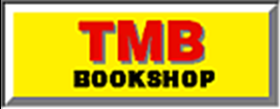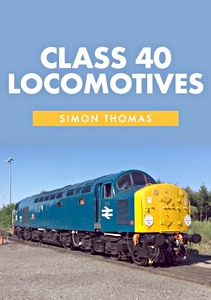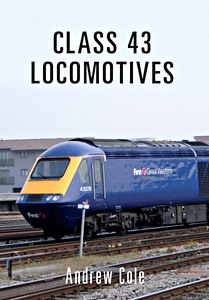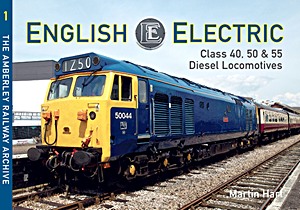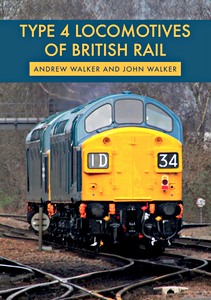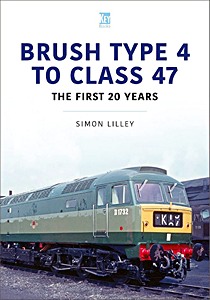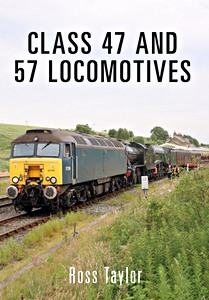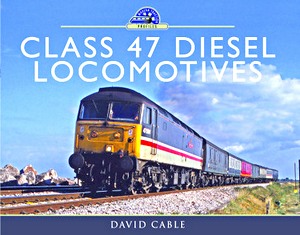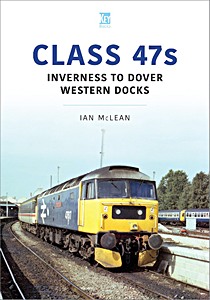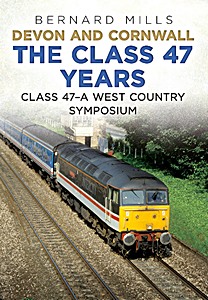Looking Back at Class 40 Locomotives
This book takes a closer look at these plucky and versatile locos in a full-colour photographic album. The images follow the Class 40 locomotives from their introduction in the late 1950s and throughout their service years, continuing to their final demise from everyday service. Inside we look at some of the variations that have appeared over the years and at many of the liveries they have borne.
A varied selection of locations and workings have been chosen from a vast library of colour photographs, which are accompanied by informative captions; they are sure to appeal to both the enthusiast and the modeller alike.
Product details
| Author: | Kevin Derrick |
|---|---|
| Details: | 96 pages, 9.25 x 6.5 in (23.5 x 16.5 cm), paperback |
| Illustrations: | 180 b&w and color photos |
| Publisher: | Amberley Publishing (GB, 2016) |
| ISBN: | 9781445666563 |
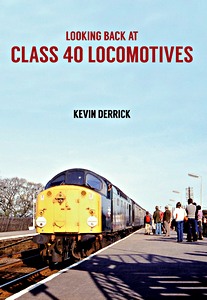
Looking Back at Class 40 Locomotives
Language: English
Available on Amazon - safe payment and fast delivery
Buy on Amazon.comBuy on Amazon UK
Buy on Amazon CA
